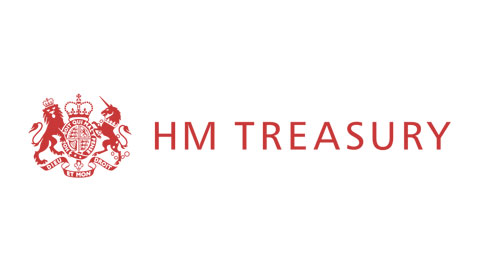
The Treasury has launched a consultation on incorporating new European regulations on mortgage lending into UK law.
These new regulations, which are set out in the EU Mortgage Credit Directive, set common standards that EU members need to meet in order to protect consumers taking out loans to buy a residential property.
The government has already introduced a number of major reforms to mortgage lending, including creating new, stronger regulators with powers to ensure people only borrow what they can afford to repay, as well as tackle any future risks to financial stability from the mortgage market at a much earlier stage.
While the UK already complies with most of these new EU rules, the legislation implementing the directive contains some changes which include:
- bringing the regulation of second charge mortgage lending into line with first charge mortgage lending. The government has intended to make this change for a number of years but chose to wait for these new EU rules to be implemented, in order to avoid excessive disruption to both mortgage firms and customers
- introducing a new set of regulations for buy-to-let lending, where the lending is to consumers rather than for business purposes. This is not expected to affect the vast majority of buy-to-let lending which is done for business purposes and is therefore not subject to the directive
The changes will not come into effect until March 2016, but the government is consulting now in order to give mortgage firms and customers as long as possible to prepare for them.
The consultation will run for eight weeks.
The Council of Mortgage Lenders (CML) had expressed disappointment that the Treasury has made a u-turn on buy-to let.
The CML said it hopes that the forthcoming consultation from the Financial Conduct Authority will be published shortly, as that will cover the proposed detail of the changes that will most affect the mortgage market. The CML will wish to see how the FCA proposes to amend its requirements to reflect the Directive before responding formally to both consultations.
Paul Smee, CML director general, said: “With the mortgage market review out of the way, we now enter round two of regulatory change as a result of the European Mortgage Directive. We are hopeful that most of the impact should be modest, as much of it was anticipated and helpfully built in to the new rules in the first place.
“It is frustrating though that, despite earlier assurances, the buy-to-let position turns out not to have been adequately resolved, resulting in a new proposal for regulating part of the buy-to-let mortgage market. The regulatory regime now being proposed is based not on any evidence of a need for additional consumer protection, but purely on ensuring that the European legal requirements are met.”
Mark Harris, chief executive of mortgage broker SPF Private Clients, added: “A buy-to-let is an investment, whether the property was inherited, a let-to-buy or purchased independently, and should be treated as such.
“Regulating some buy-to-let loans but not others will add another layer of cost and confusion for lenders, brokers and borrowers alike.
“Buy-to-let lenders already require that borrowers meet certain criteria including have an income and have tough regimes in place to prevent gaming – trying to get around the new affordability rules introduced in the mortgage market review. Formally regulating buy-to-let is unnecessary and is not being done to provide additional protection to consumers.”















